Islay, ostrov whisky

Prosinec, 2013
Celkem 31 fotografií
Pokec jsem Vám napsal anglicky, ať se nenudíte:
Geographically Islay and its neighbour Jura are small isles off the west coast of Scotland, part of the Inner Hebrides. Winters are very light there because of the Gulf Stream and the strengt...h of the warm water and air. The nature is fantastic – land with a lot of peat, small mountains, cliffs and sandy beaches, a few small towns with nice harbours and picture postcard white houses. Clearly, a lovely place for summer holidays. Moreover, there is one more thing: the distilleries. The whisky industry is rapidly growing; the production has been doubled in the last ten years and wherever you are on Islay, you can feel the whisky industry influence.
A good question is, why were distilleries built in the middle of nowhere, like Speyside, which is beyond the Cairngorm Mountains, or on the Hebrides, where the transportation could be really difficult? The answer is very easy: tax. In the eighteen and nineteen centuries the English controlled government wasn’t able to collect taxes from the counties that were far from the government centres, as roads didn’t exist like they do today, and the sea acts as a big natural barrier. Before and shortly after the First World War, when the whisky industry went through a large period of growth, nobody wanted to move the distilleries somewhere else – it would only have been a waste of time and may have lost the local experience.
Back to the Islay and Jura distilleries. Today, we can find nine working distilleries on Islay and one on Jura. One more, Port Charlotte, is preparing for reopening on Islay, and another one, Port Ellen, is closed. There were eleven other small farms distilleries that closed a long time ago. We can only find more distilleries in one place; in Speyside. Islay distilleries are very popular with whisky drinkers for their smoky and peaty taste. Another distinguishing character is a salty flavour, which the whisky collects from the warehouses that are often close to the sea coast. Every year at the end of May there is a big whisky festival on Islay, which not only makes the whisky industry more and more interesting but it is the reason why thousands of visitors travel to Islay. Visitor spend their money on Islay and because of that there are more services growing to support tourism – hotels, shops, travel agencies, etc.
Let’s go through the distilleries and look at what the differences are between them:
• Laphroaig is one of the Scottish iconic brands which has been strongly known worldwide. Whisky drinkers love it for its very peaty and smoky taste. Laphroaig 12 and Laphroaig Quarter Casks can often be found in a lot of duty free shops around the world but you can buy some better samples, such as Laphroaig 18 at the distillery. However, the Laphroaig brand is very popular among the independent bottlers as a lot of casks have been sold to them. My best expression is Laphroaig 30 but it is, of course, very expensive, about 450 pounds per 70cl bottle. You can enjoy it during a premium tasting, which may be offered in the Laphroaig visitor centre.
• Lagavulin is one of my favourite Scottish distilleries and it is so popular thanks to its Lagavulin 16 year old expression. It is not so smoky and because of this, is good for single malt whisky beginners. A good idea is the age too; sixteen, which is more than the unwritten standard twelve years. The warehouse tastings with Iain McArthur, have become very popular. Iain is a warehouseman, who has been working for the distillery for more than forty years. In the warehouse you can feel the whisky history and you can taste the samples, which are impossible to buy in any shop. However, be careful, the older the age doesn’t mean the whisky will be better than a younger one. Make sure you come to Lagavulin soon because Iain may retire within the next couple of years.
• Ardbeg distillery has a difficult history. The distillery was halted in 1981 and reopened by Glenmorangie in 1997. Ardbeg whiskies have won the best position in Jim Murray’s Whisky Bible many times but from my point of view, I don’t know why. I remember my first visit, when I asked the staff why they produced whisky named Uigeadal, Corrywrecan and some others, and haven’t something like “Ardbeg 6” (in that time they haven’t older spirit). Jackie, the visitor centre manager, told me that this is an Ardbeg tradition. However, now that Ardbeg has old spirit, you can find Ardbeg 10. Finally though, Ardbeg is a nice whisky for those who like strong and smoky whiskies and I think we have to wait maybe five years before we find a smooth Ardbeg whisky on the market.
• Caol Ila is a big factory, which is producing the majority of production for blends, especially for Johnny Walker. Around only ten percent of production of Caol Ila is for single malts. The brand is very popular and you can buy Caol Ila 12 in a lot of duty free shops. It has a nice, classical style old looking bottle. Caol Ila is a typical Islay very smoky and peaty whisky.
• Bruichladdich has become a very popular brand with a very modern design. They are making something different: for example, you are not able to buy Bruichladdich 12 year after year, as they are usually making small series. You can buy maybe hundreds of different Bruichladdich whiskies on the market. The differences are age, technological process and the kind of maturation. The Warehouse Tastings with the General Manager Duncan, are very popular. Bruichladdich is currently making three lines of whisky: unpeated Bruichladdich, medium-peated Port Charlotte and one of the most peated whisky around the world, Octomore. (There’s also it’s Gin production, “the Botanist” but that’s another story).
• Bowmore Distillery is in the heart of Islay, and the largest village. Bowmore whisky is one of the most well-known and popular worldwide Islay single malts. Unfortunately, Bowmore is owned by Japanese capital, Yamazaki, corp. When I was in Bowmore four years ago, everywhere in the visitor centre I could see Yamazaki whisky. Some of managers must have recognized that having a Japanese owner is not good for marketing and now you are no longer able to buy Japanese whisky in the Bowmore visitor centre. The distillery has a lot of different expressions of whisky. Typically Bowmore 12, Bowmore 15 Darkest, Bowmore 18. This year I tasted Bowmore Springtide, which is only a 15 year old whisky and was matured in hand selected Oloroso sherry casks. This expression has a nice smell and aftertaste of chocolate and sticky figs with sea-salt in the background and with a very, very long aftertaste on the palate. One of the best samples I ever had.
• Jura is the only distillery on the Isle of Jura and it is a little difficult to visit the distillery, as you have to take one more ferry from Port Askaig to Jura. The distillery has only a small visitor centre which is often closed but the whisky is exceptional. Jura 16 is one of the best whiskies of this age and moreover, Jura is producing a lot of special, cask strength whiskies. Behind the distillery are the Paps of Jura Mountains from where, if you have time, is the one of the best 360 degree views I have ever seen.
• Kilchoman: is simply a new distillery, owned by private UK capital. The whisky is still young, they started with three year old bottles, which tasted a little bit older than it is. When I drank it for the first time I was surprised how smooth only three year old whisky could be. Now the offer is a little wider and it looks like Kilchoman will become as a new worldwide brand. Once I discussed Kilchoman with Michael Thomson from Bruichladdich. He told me, that the first spirit from Kilchoman was horrible, as you don’t need only the new technology, but also the know-how is very important too. However, after Duncan, the Bruichladdich manager, helped them, the quality rose. You can remember these words if you buy a Czech 20-year old sample named Hammerhead, which is little horrible as nobody knew in the former Czechoslovakia how to make whisky at the end of 1980s.
• Bunnahabhain distillery, like Caol Ila, is supporting a lot of blenders. You can find this distillery on a narrow road behind Caol Ila, with a nice view of the Paps of Jura on the opposite side of the channel. The Bunnahabhain brand has become more popular maybe because of nice design of their bottles, which look like they are from the eighteen century. The visitor centre is very small and when I was there the last time, in early December, they didn’t offer me a tour.
• Port Charlotte distillery was reopened by Bruichladdich in 2007, 78 years after the distillery halted. There is a great plan to rebuild the distillery and Pernot Richard, Bruichladdich’s new owner, would like to make a major investment there and open the distillery for the public in 2016. Presently, you can buy some special bottles of Port Charlotte under the Bruichladdich brand.
• Port Ellen distillery, closed since 1983 but supplies of its single malt whisky are still available. The distillery malting houses, owned by Diageo, continues to supply all Islay distilleries, as per an agreement signed in 1987. Stocks of the rest of Port Ellen whisky are now owned by Diageo; and due to the closure of the distillery, its whisky is becoming more and more collectable and it is very expensive, it isn’t a problem to see the price of 1500 pounds per bottle.
If, after you finish reading this review, you have a question “when is the best time for travelling and visiting Islay distilleries?” The answer is very simple: anytime. During the summer there is nice weather here, but there are also a lot of tourists. At the end of May in the time of the week-long whisky festival you can enjoy a lot of events considered with the whisky industry, but staying on Islay in that term is little bit expensive. Fortunately, the autumn and winter on Islay is not so cold due to the Gulf Stream, so maybe the best times of the year are the autumn and winter months, as you can enjoy your whisky tasting without lots of people.
Sláinte Mhath!
Bowmore, přístavPŘIBLÍŽIT
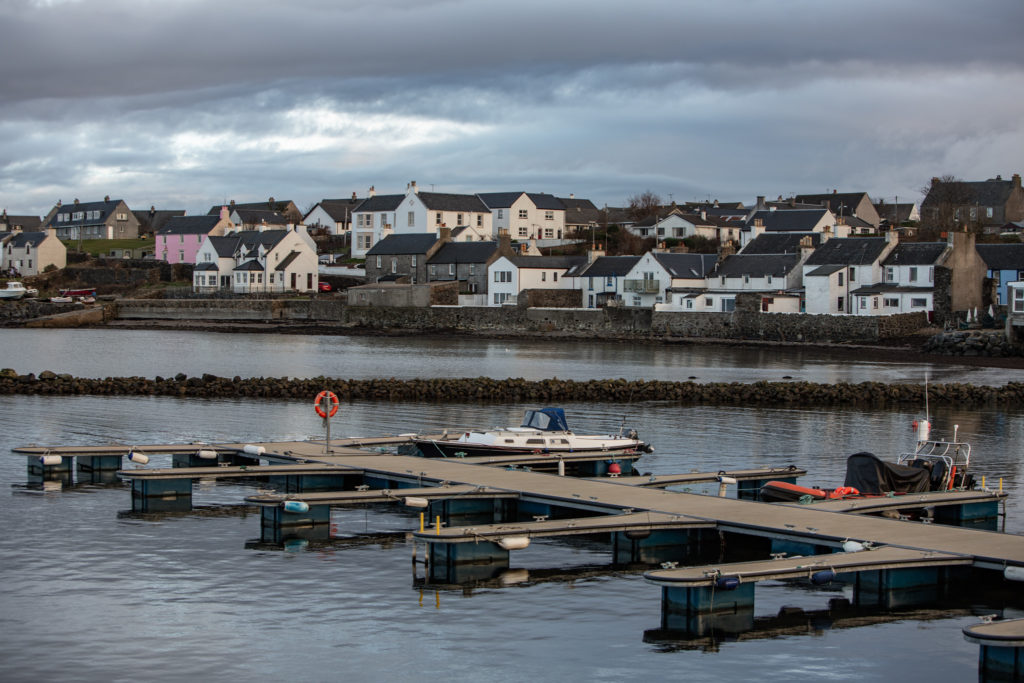
Bowmore, hlavní ulicePŘIBLÍŽIT
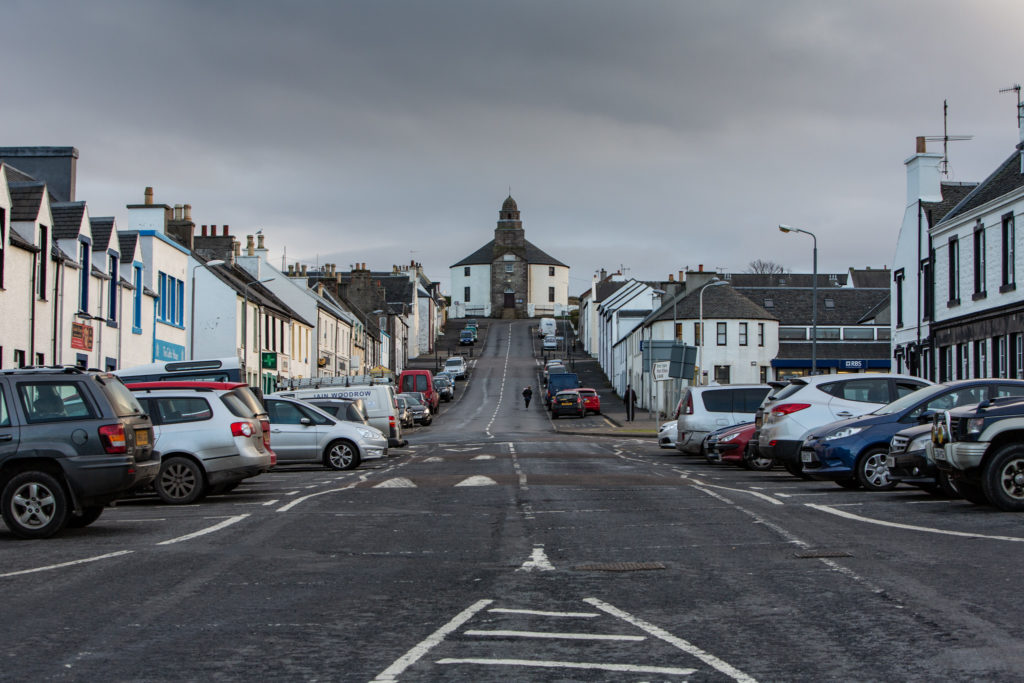
BowmorePŘIBLÍŽIT

BowmorePŘIBLÍŽIT

Bowmore warehousePŘIBLÍŽIT
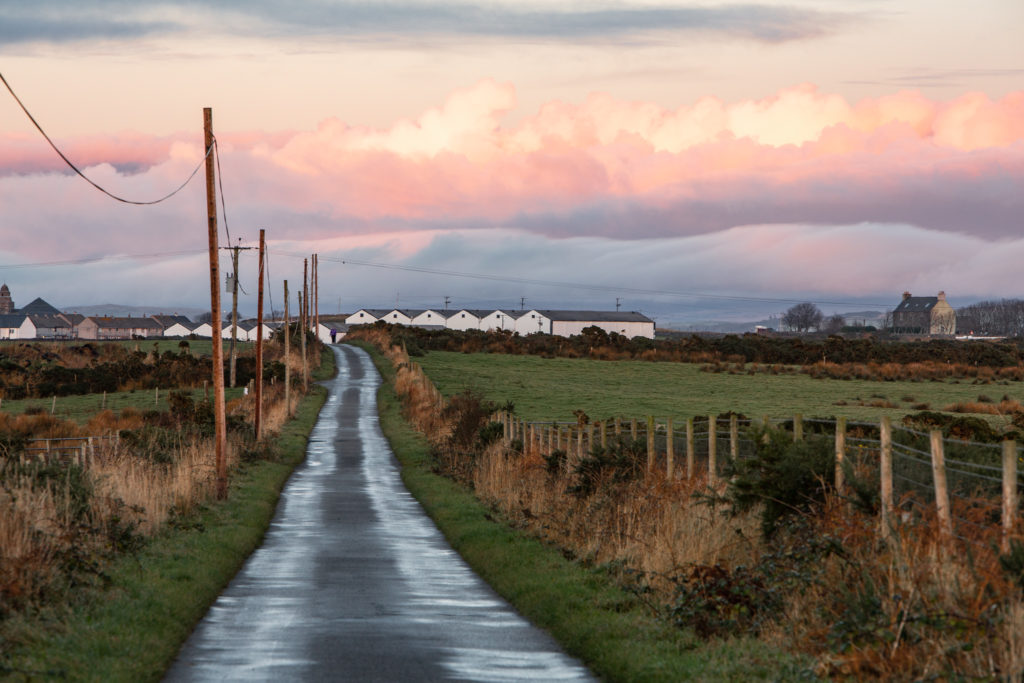
Farma u BowmorePŘIBLÍŽIT
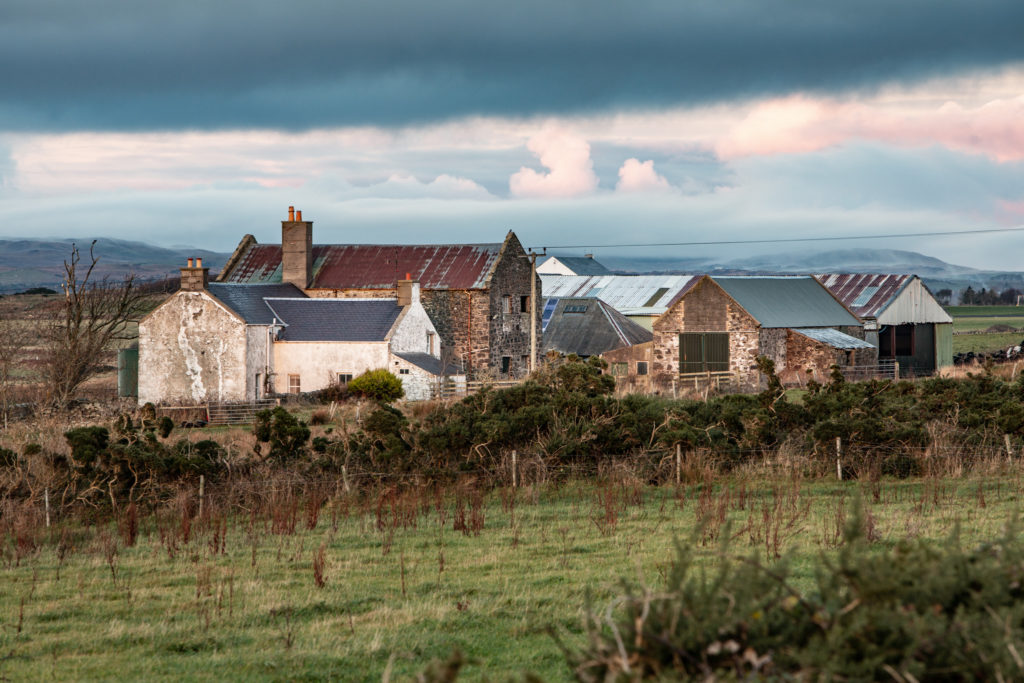
The Round church, BowmorePŘIBLÍŽIT
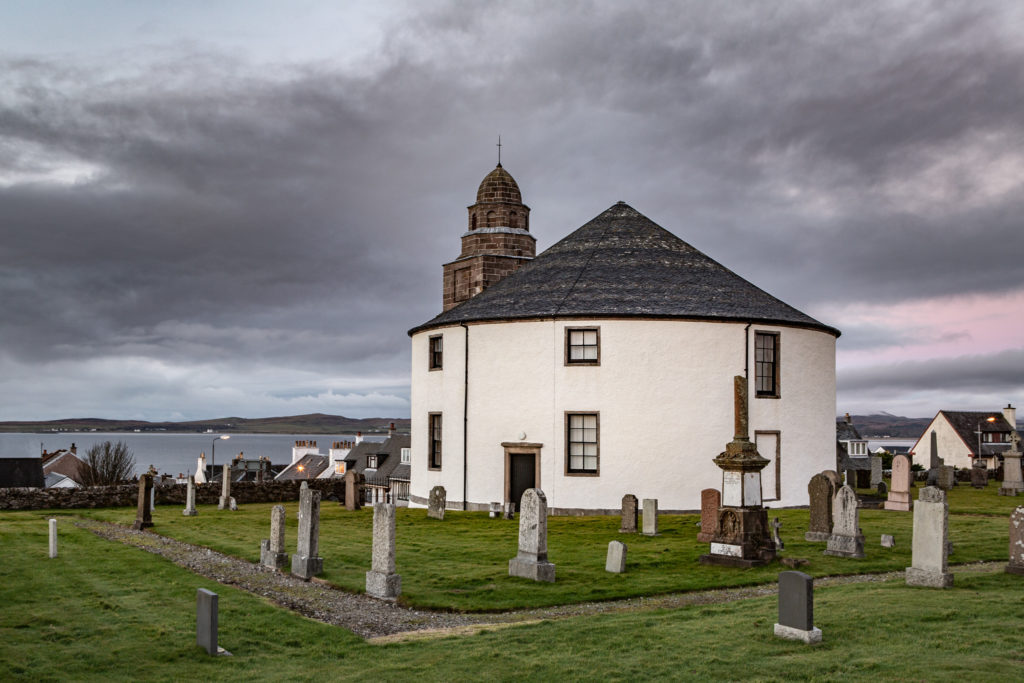
Bowmore, hlavní ulicePŘIBLÍŽIT

Bowmore DistilleryPŘIBLÍŽIT

Bowmore DistilleryPŘIBLÍŽIT
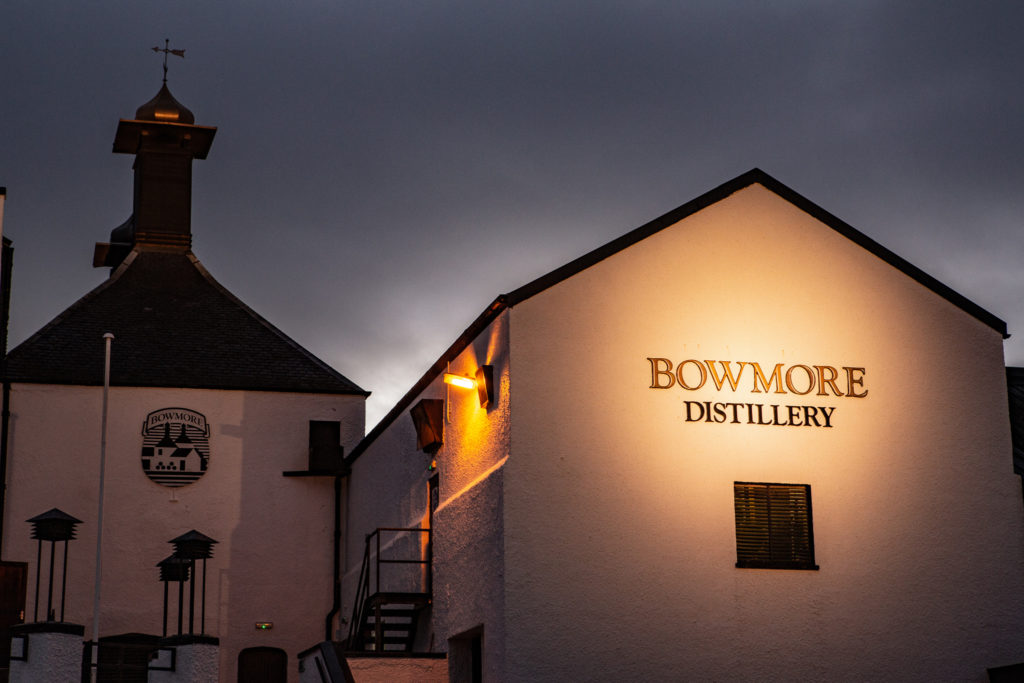
Bowmore, hlavní ulicePŘIBLÍŽIT
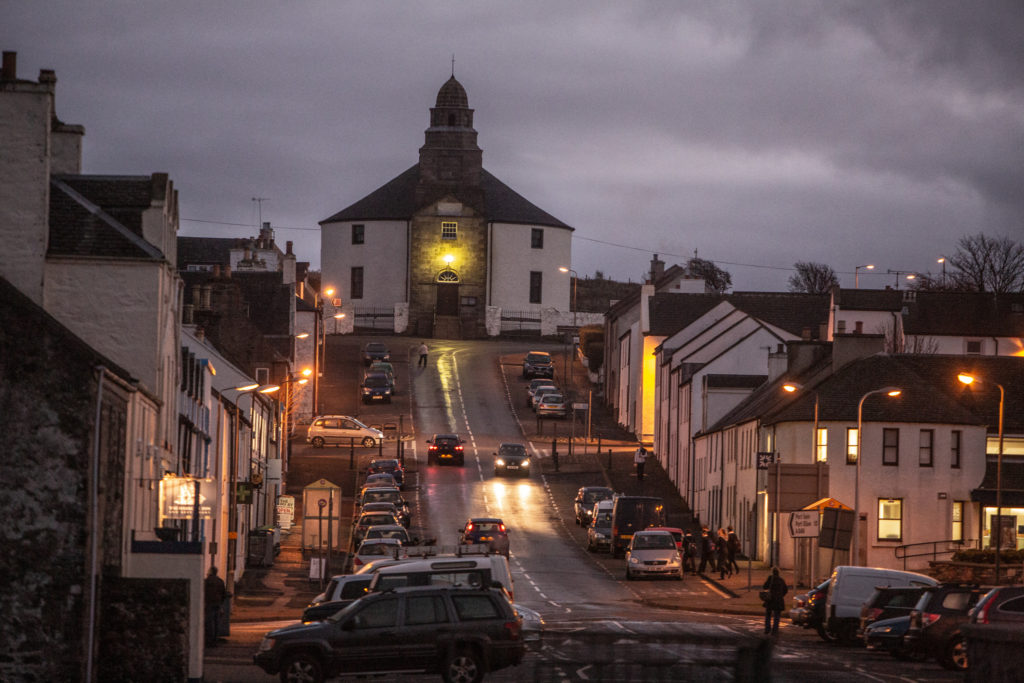
Bowmore DistilleryPŘIBLÍŽIT

Bein Chaolais (733 m), The Paps of JuraPŘIBLÍŽIT
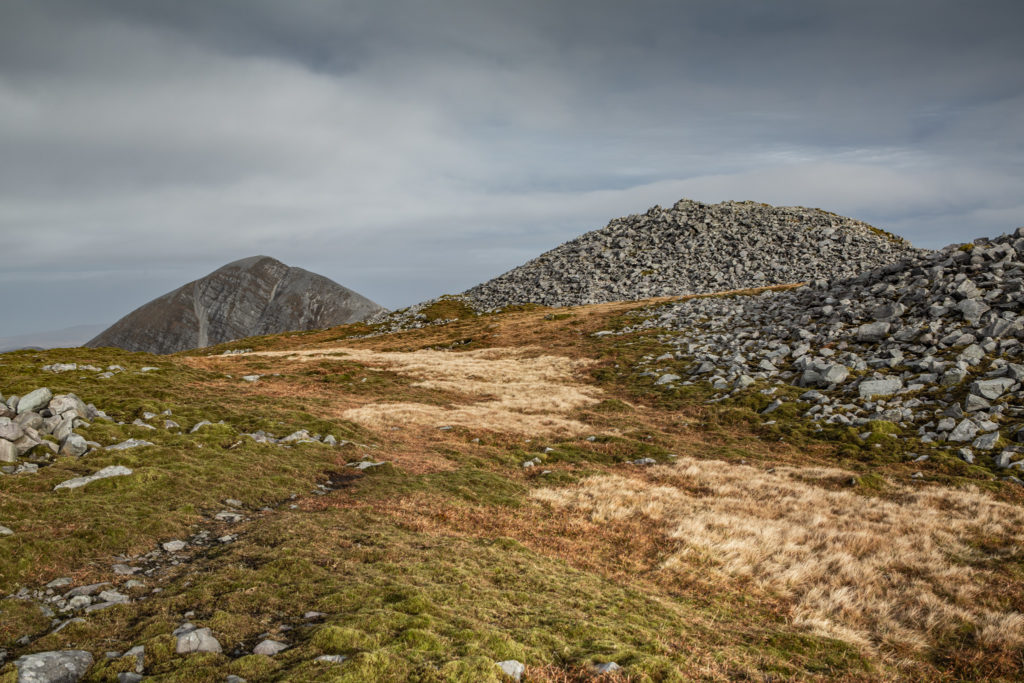
Beinn an Oir (785 m), The Paps of JuraPŘIBLÍŽIT
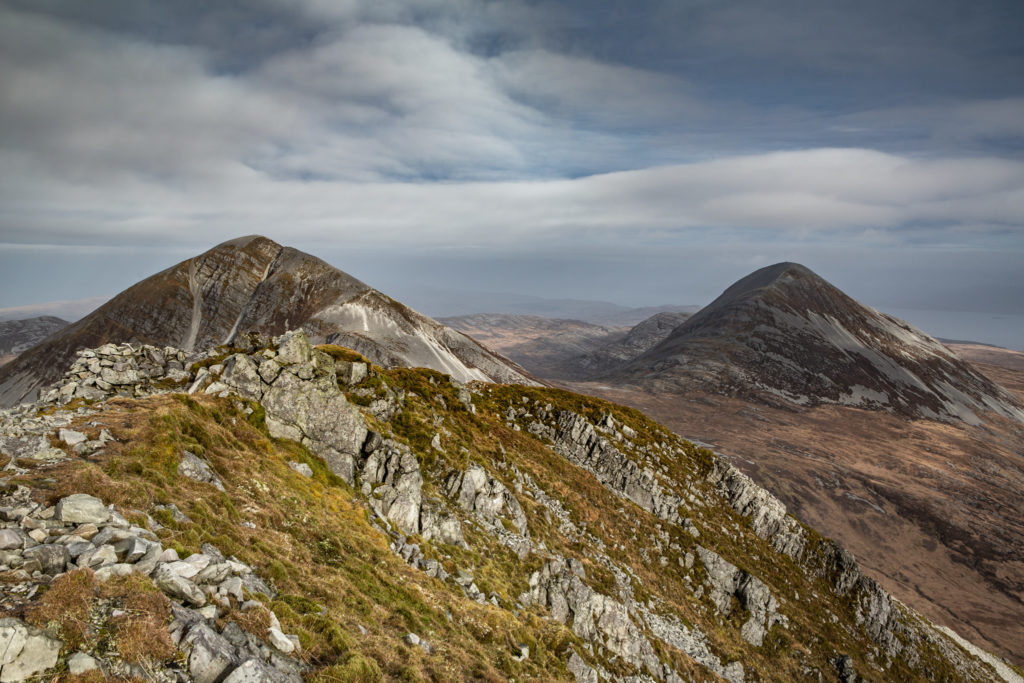
Sestup z Beinn ChaolaisPŘIBLÍŽIT
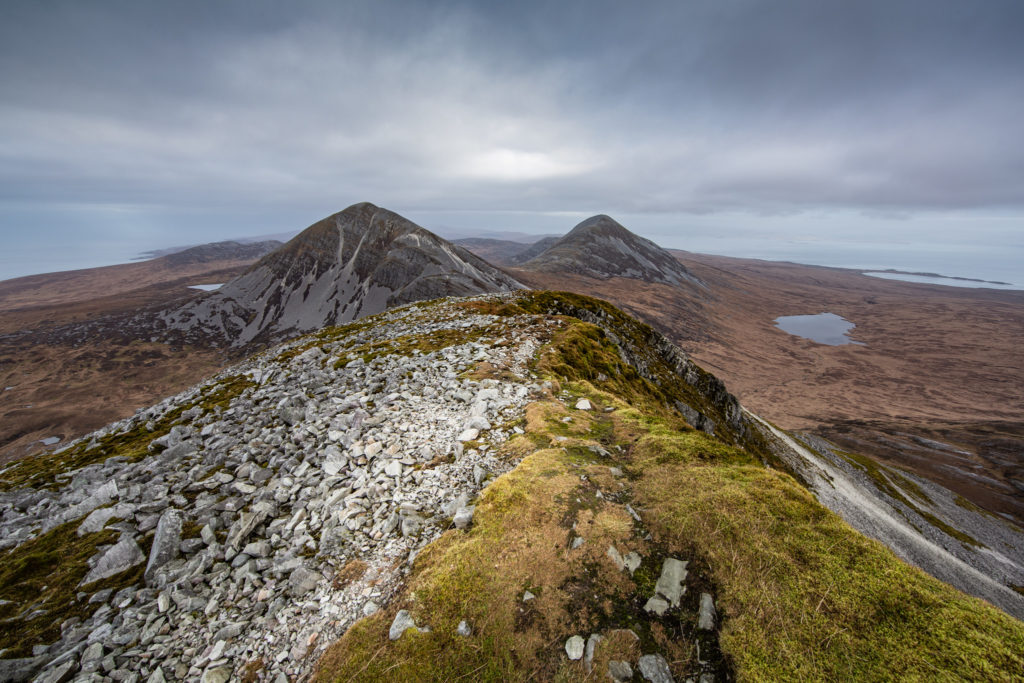
Lagavulin DistilleryPŘIBLÍŽIT
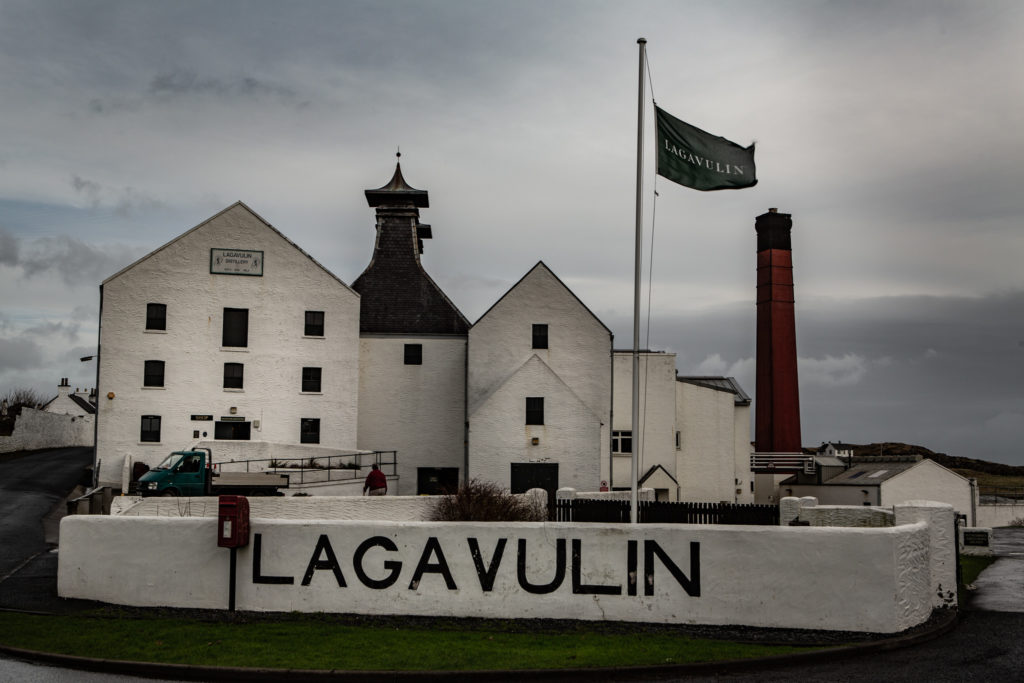
Iain McArthur, Lagavulin DistilleryPŘIBLÍŽIT
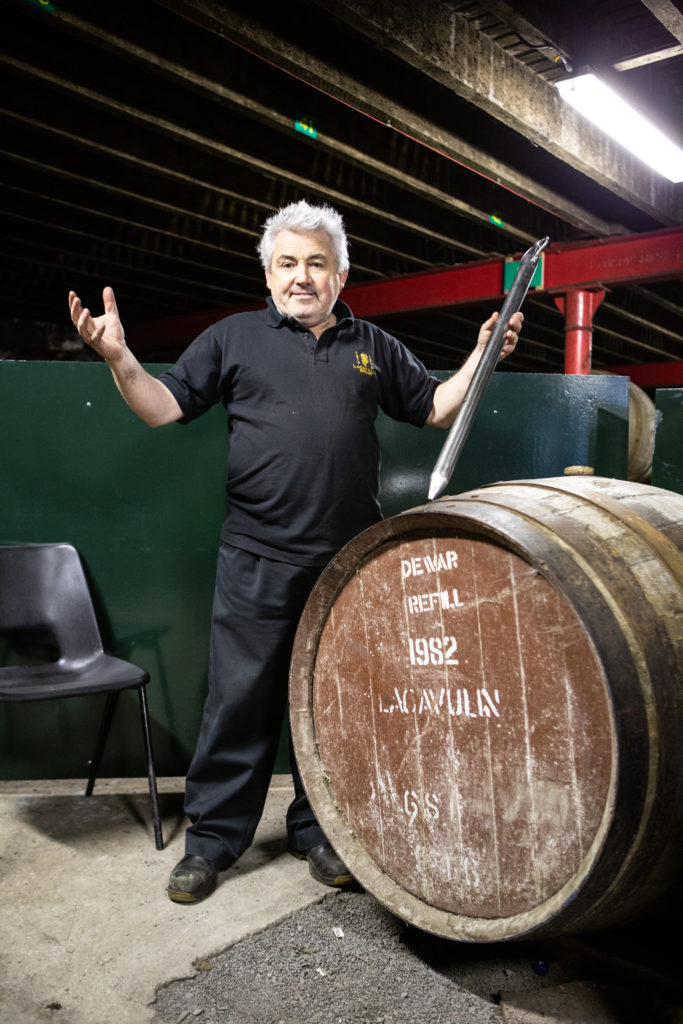
Warehouse, Ardbeg DistilleryPŘIBLÍŽIT
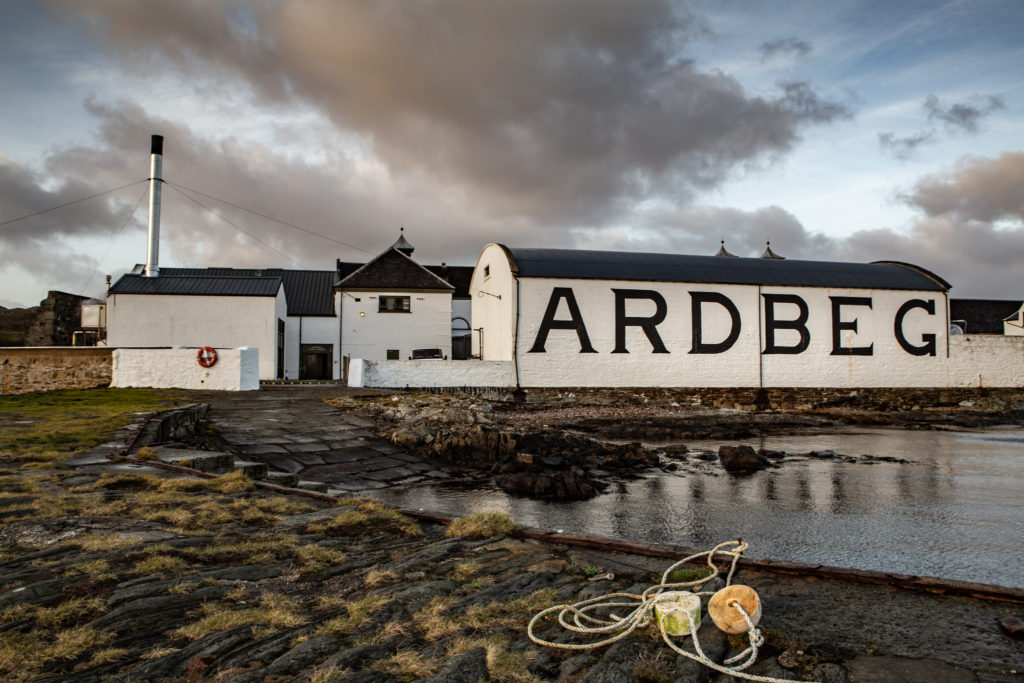
Venkovní sklad sudů na whisky, ArdbegPŘIBLÍŽIT
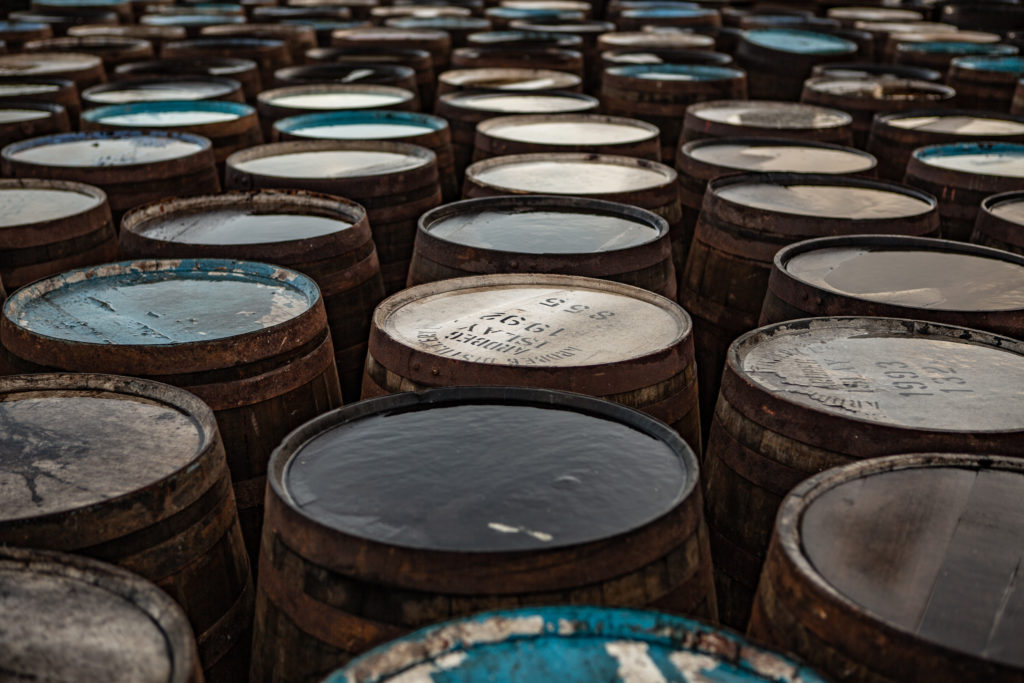
Machir BayPŘIBLÍŽIT
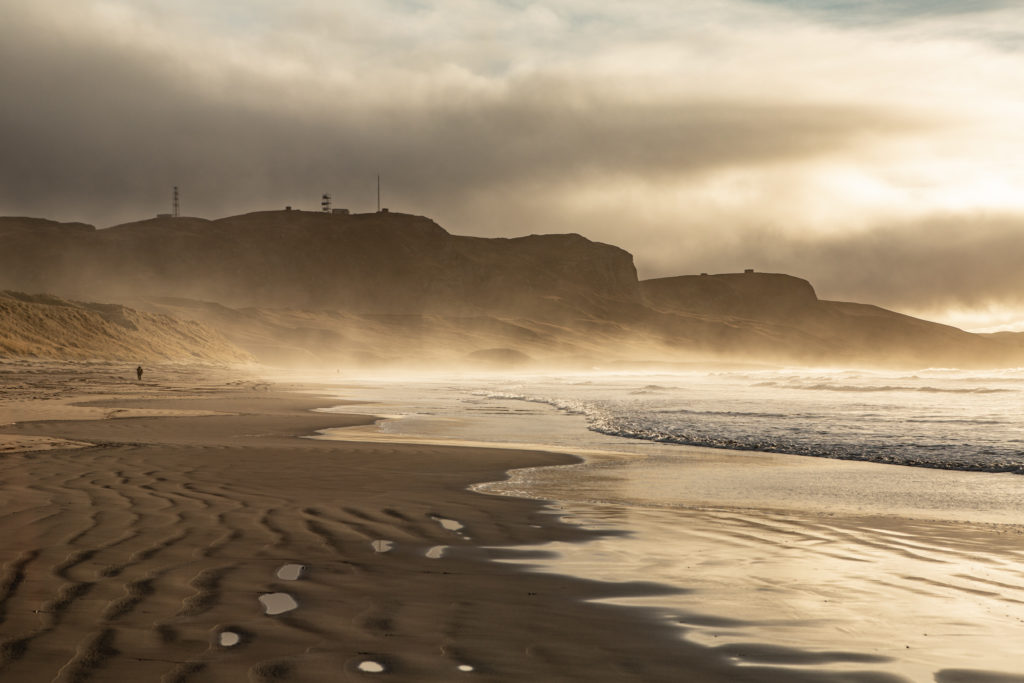
Machir BayPŘIBLÍŽIT

Podvečer v Bruichladdich, IslayPŘIBLÍŽIT

Caol Ila Distillery, IslayPŘIBLÍŽIT

Warehouse, Bunahabhain DistilleryPŘIBLÍŽIT
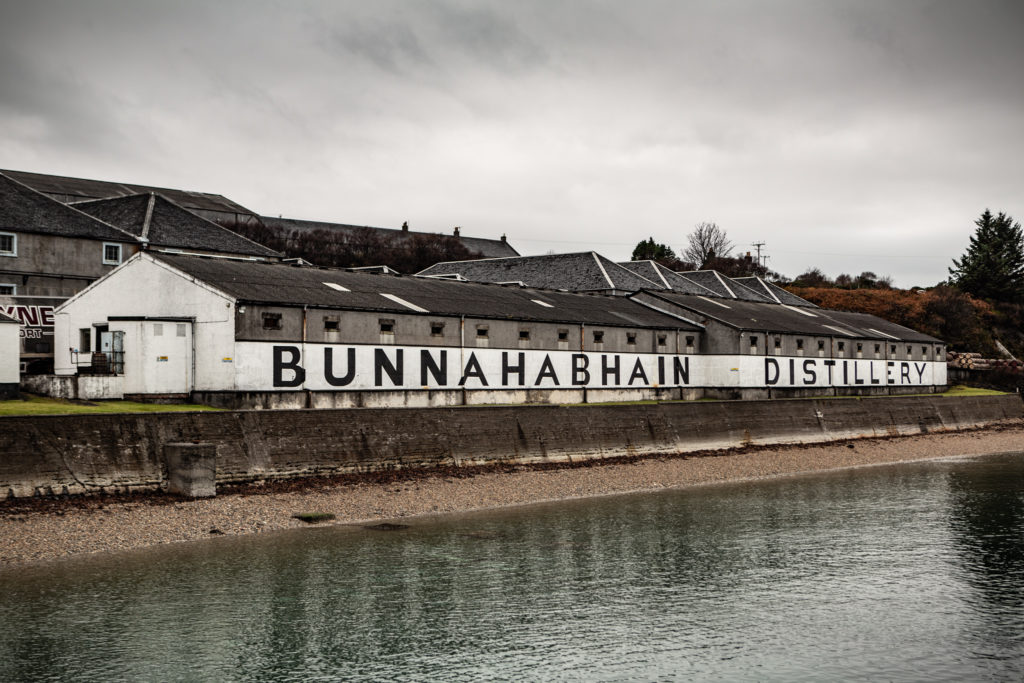
Molo, Bunahabhain DistilleryPŘIBLÍŽIT
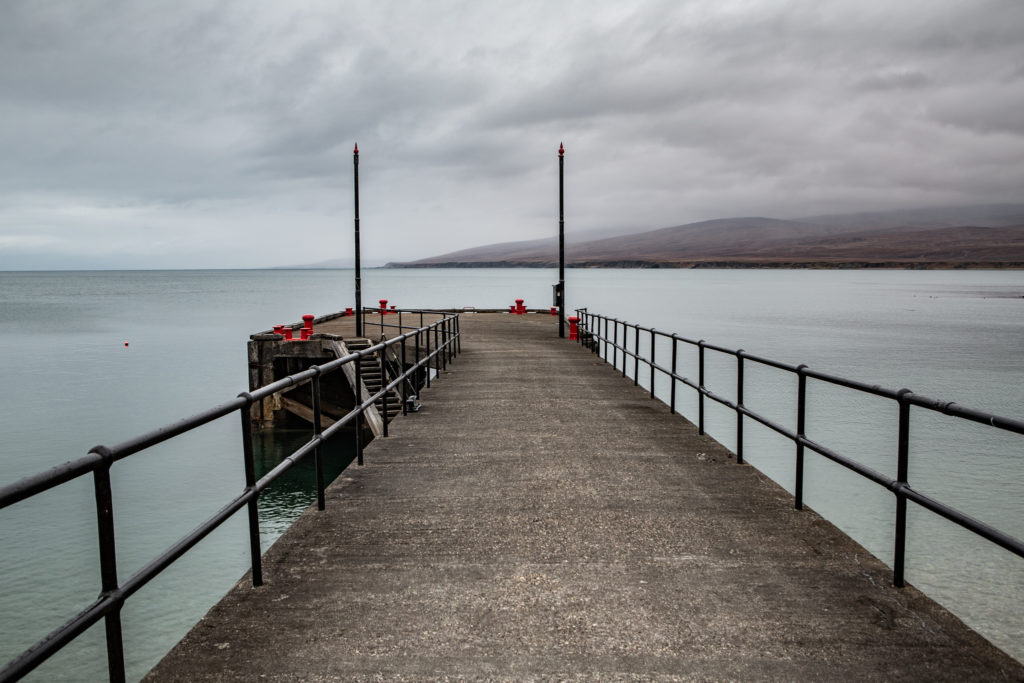
Mash Tun, BruichladdichPŘIBLÍŽIT
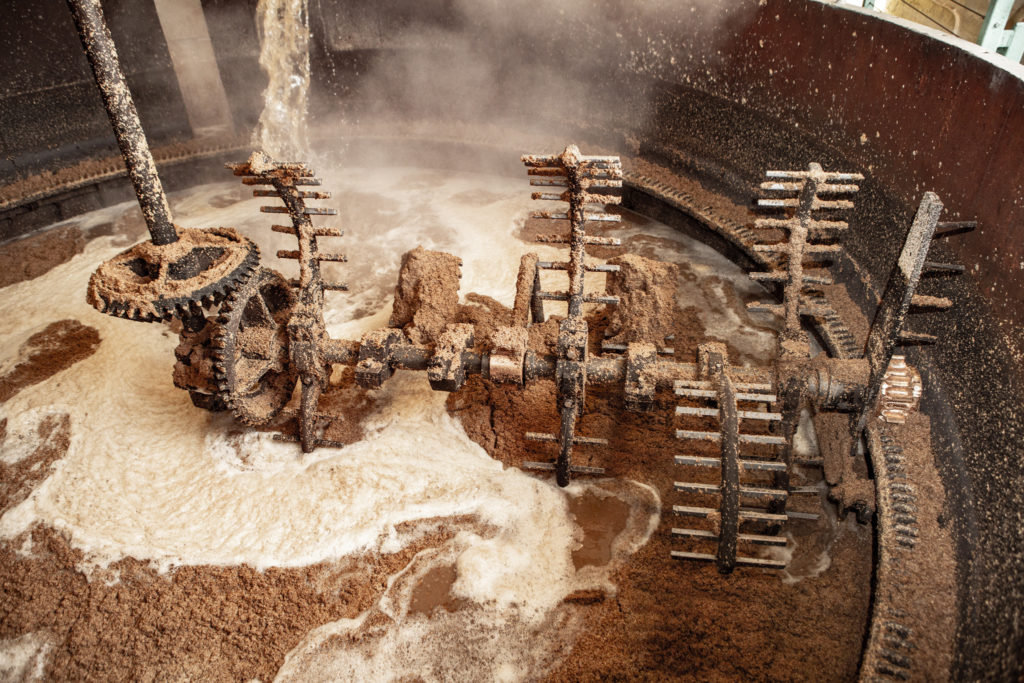
Duncan, CEO Bruichladdich DistilleryPŘIBLÍŽIT
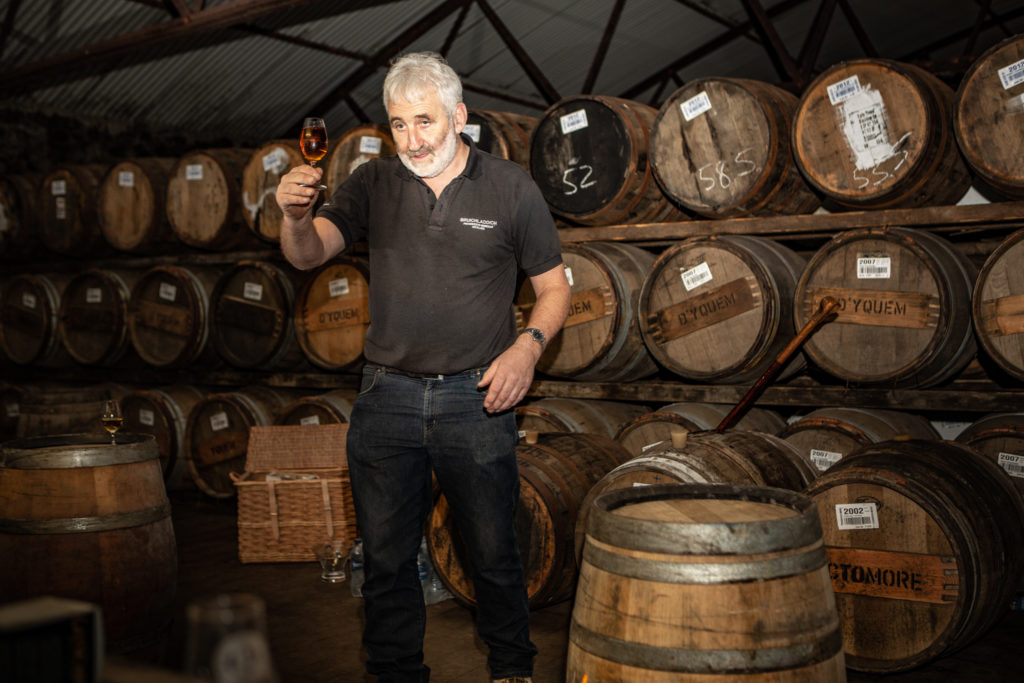
Single track road, IslayPŘIBLÍŽIT
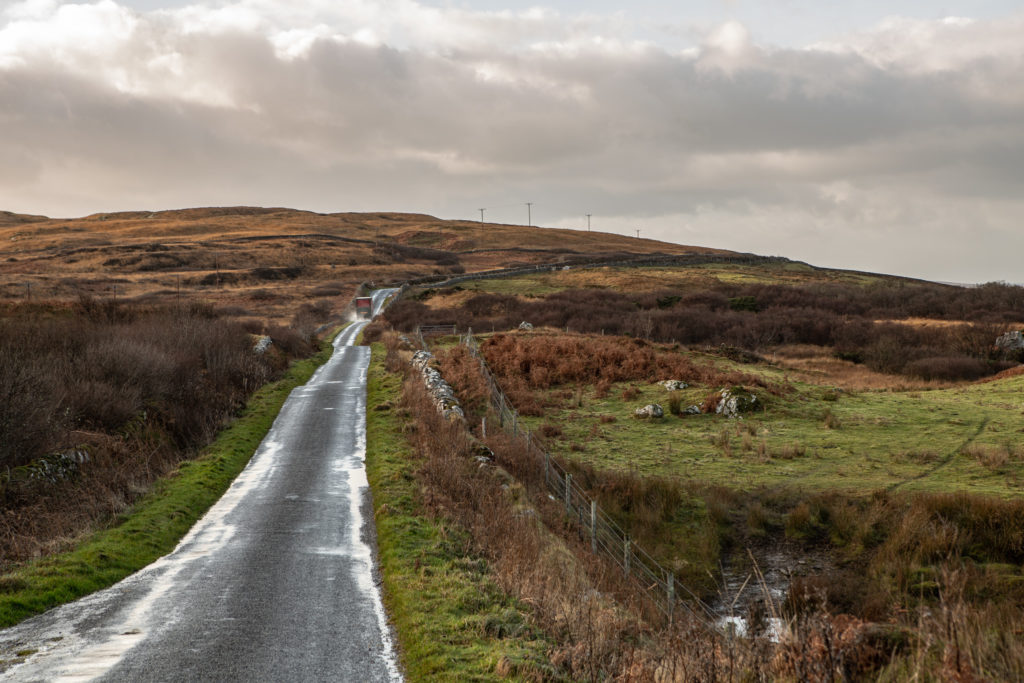
Wash still, Kilchoman DistilleryPŘIBLÍŽIT
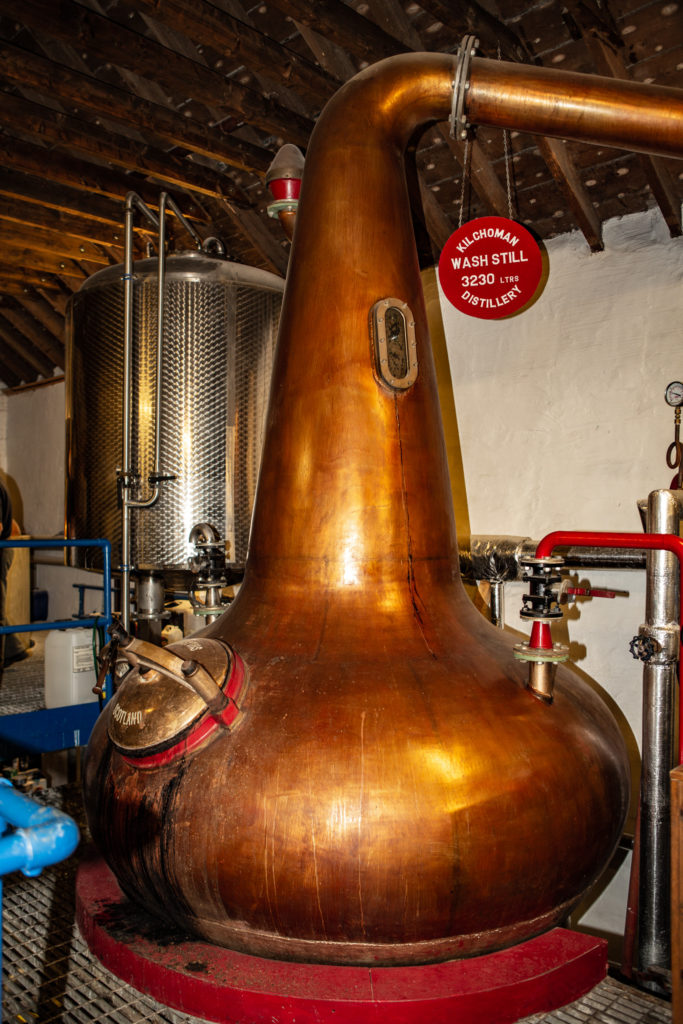
Sud číslo 1, Kilchoman DistilleryPŘIBLÍŽIT

Češi v knize návštěv, Kilchoman DistilleryPŘIBLÍŽIT

Další navštívená místa ve Velké Británii